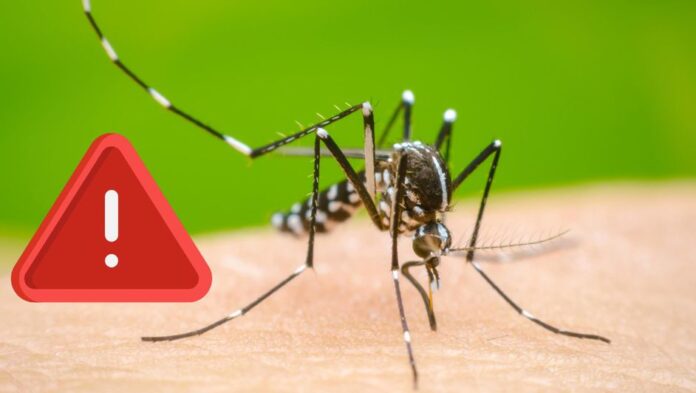In the state of Tabasco there are 105 permanent species of mosquitoes throughout the year, although they often go unnoticed. Nationally, up to 234 different types of mosquitoes are found.
Veracruz has more registered species, with 139, according to the Unit of Entomological and Bioassay Research of the Ministry of Health.
Below are the 5 most dangerous types of mosquitoes that exist in Tabasco territory:
1. Anopheles
Anopheles have a head and body in a straight line and forming an angle with the plane. They have spotted wings.
Female Anopheles are characterized by having post-espiracular setae and scales on the paratergite, which distinguishes them from other groups of Culicines.
2. Aedes albopictus
This mosquito has a small body, about 5-8 mm in length. It is dark (black) with white plate-like scales that give its legs a striped appearance and a distinctive longitudinal band along the thorax and head.
3. Aedes albopectus
This mosquito is characterized by having distinctive post-espiracular setae and scales on the paratergite (although not in all), a taxonomic characteristic that separates them from other groups of Culicines, which is why they are also called “mosquito tigers”.
4. Culex quiquefasciatus
It has been related to the transmission of dirofilarias, arboviruses, especially West Nile virus, flaviviruses like Japanese encephalitis and avian plaquids.
5. Chaquistes (Oecacta furens)
This is a small mosquito that inhabits coastal areas of the Gulf of Mexico, in states such as Tabasco, Campeche and Yucatán. It is characterized by having an oral apparatus that simulates a beak and pinches to feed.
In summary, these 5 types of mosquitoes are considered dangerous due to the transmission of diseases and their irritating bites on the skin. It is essential to take preventive measures such as eliminating stagnant water sources, using repellents and protecting oneself from the sun to avoid their bite. The reproduction of these insects increases during the rainy season, so it is important to be aware of their presence in areas with overgrown vegetation or accumulated trash.
Source: El Heraldo de Tabasco






